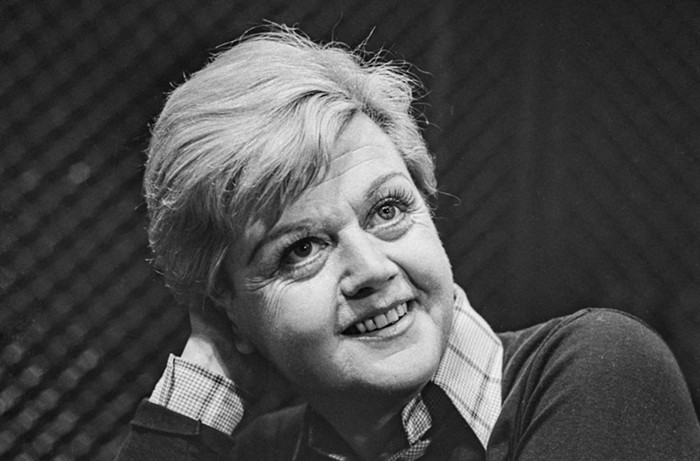Dennis Cooper, Bruce Hainley, Adrian Searle
(Phaidon Press)
O n the event of Tony Tasset's current exhibition at PICA, I thought it might be appropriate to look at the work of one of Tasset's former students from the Art Institute of Chicago: Tom Friedman. Phaidon Press has included Friedman in its exemplary series of contemporary artist's monographs.
In addition to studying under Tasset, whose PICA show marries playfulness with excruciating craftsmanship, Friedman came of age on the heels of Charles Ray's Rotating Circle (1989), a nearly invisible white disc inlaid in its designated gallery wall and spinning at an imperceptible speed. Circle was minimalist, but infused with gadgetry and humor, and so disrupted viewers' expectations of art and visual perception. It was under this conceptual umbrella that Friedman began his prolific work of the '90s.
Much of Friedman's art centers around the mind-boggling tediousness that goes into each piece, and eventually defines the work, as with two untitled pieces that require monk-like patience in their attempts to methodically reproduce the effects of spontaneous chaos. In one instance, Friedman threw a can of pick-up sticks on the floor, then exactingly recreated the messy pile a few feet away, and in the same year, he crumpled up a sheet of paper, then folded and creased another sheet to produce an identical copy.
Other times, Friedman asks viewers to take a leap of faith and buy into the baggage that his objects carry, as with a blank piece of paper he claims to have stared at for 1,000 hours, or a pile of 200 colored balls that he stole over a six-month period.
Self-portraiture is also a theme that runs though Friedman's work, though it's usually played with his trademark savant humor. Consider a self-portrait carved into an aspirin, for instance, or his famous cut-paper masterpiece in which the horribly mangled body of the artist lies on the floor in a puddle of his own (paper) blood.
Despite the art-school pranksterism of works like the self-portrait in sugar cubes and the invisible patch of air that he had a witch cast a spell on, I detect a true longing for order and truth in Friedman's work, and it is fascinating to watch his findings unfold in the pages of this important new book. CHAS BOWIE












